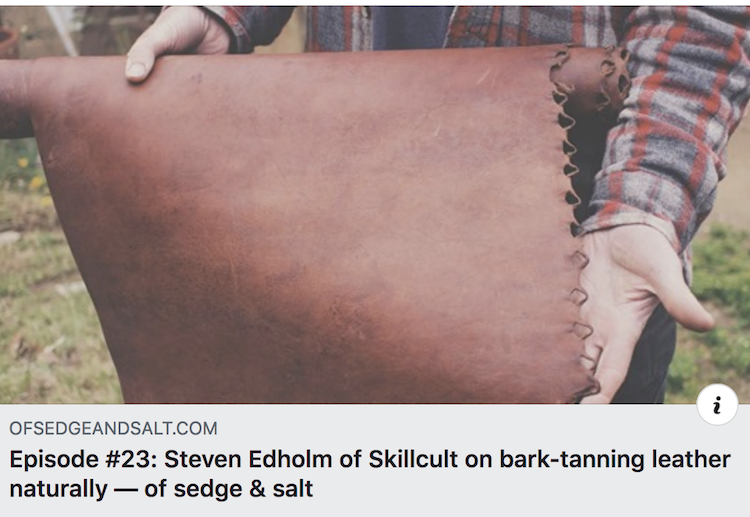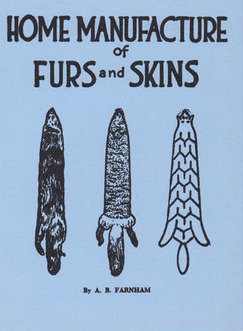I sat down with Kelly Moody and traveling podcaster to discuss bark tanning. Kelly is a tanner herself and we get into specifics about tanning with tannic acid and some related stuff. It was fun and maybe we’ll do the same with some other topics when she comes back through sometime. This was my first podcast guest spot.
https://www.ofsedgeandsalt.com/ground-shots-podcast







































